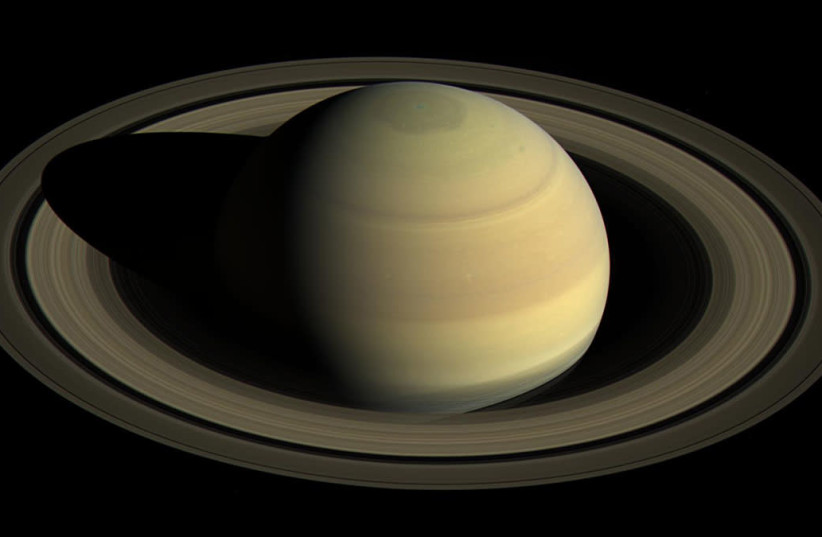Saturn's moon Enceladus could be habitable, according to a study published last Monday.
In the search for extraterrestrial life, a group of scientists discovered new evidence that the subsurface water ocean of Enceladus contains the building blocks of life. The research was published in the peer-reviewed journal Proceedings of the National Academy of Sciences (PNAS).
“Enceladus is one of the prime targets in humanity’s search for life in our solar system,” said Christopher R. Glein, study co-author and a leading expert in extraterrestrial oceanography. “In the years since NASA’s Cassini spacecraft visited the Saturn system, we have been repeatedly blown away by the discoveries made possible by the collected data.”
The observations made by Cassini reveal that Enceladus has an ice-covered water ocean that erupts into space, forming a plume. The researchers analyzed samples as the plumes erupted from cracks in the icy surface.
“What we have learned is that the plume contains almost all the basic requirements of life as we know it,” says Glein. “While the bioessential element phosphorus has yet to be identified directly, our team discovered evidence for its availability in the ocean beneath the moon’s icy crust.”

This discovery contributes to one of the most profound discoveries in planetary science. Within our solar system, it is actually very common for planets to have oceans beneath a surface layer of ice.
“The search for habitable worlds is usually guided by the presence of liquid water. Apart from Earth, water oceans also exist in the subsurface regions of some icy bodies (e.g., Enceladus, Europa, and Titan) in the outer solar system,” writes lead author Jihua Hao. “The evidence for an ocean is strongest at Enceladus, where a water-rich plume erupts from a subsurface ocean.”
The quest for habitability
Earth, which hosts surface oceans, must maintain a close distance with its host stars so that the temperatures support having surface liquid water. However, this narrow distance is not necessary for planets to have an ocean beneath a surface layer of ice, which expands the possibility of more habitable planets existing in the galaxy.
Furthermore, habitability is determined by more factors than just liquid water.
“What we have learned is that the plume contains almost all the basic requirements of life as we know it. While the bioessential element phosphorus has yet to be identified directly, our team discovered evidence for its availability in the ocean beneath the moon’s icy crust.”
Christopher R. Glein
“The quest for extraterrestrial habitability in the solar system has shifted focus, as we now look for the building blocks for life, including organic molecules, ammonia and sulfur-bearing compounds as well as the chemical energy needed to support life,” says Glein.
Data from the Cassini spacecraft indicates that Enceladus’s ocean contains most of the requirements for life. But phosphorus, a vital ingredient for habitability, has avoided detection on the Saturnian moon.
“Phosphorus presents an interesting case because previous work suggested that it might be scarce in the ocean of Enceladus, which would dim the prospects for life,” he said.
Phosphorus is responsible for many creations on earth, such as DNA and RNA, making it a necessity for all life on our world. This nutrient, in the form of phosphates, is often a limiting factor for biological productivity.
The team members therefore figured out a way to make this crucial nutrient available in Enceladus’s ocean through the use of geochemical modeling. Based on information collected from Cassini about the moon’s ocean sea-floor system, the team created a model that simulates the geochemistry of phosphorus.
“The underlying geochemistry has an elegant simplicity that makes the presence of dissolved phosphorus inevitable, reaching levels close to or even higher than those in modern Earth seawater,” Glein says.
“What this means for astrobiology is that we can be more confident than before that the ocean of Enceladus is habitable. We need to get back to Enceladus to see if a habitable ocean is actually inhabited.”
